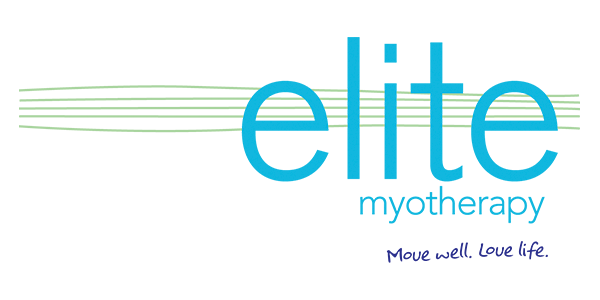Strong pelvic floor muscles are essential for several critical bodily functions, most notably in providing support for the bladder, bowels, and, in women, the uterus. They form the base of the group of muscles commonly referred to as the ‘core’, which is pivotal in maintaining stability and strength throughout the entire body. These muscles are stretched like a hammock from the tailbone at the back to the pubic bone in front.
When the pelvic floor muscles are weak, a host of problems can arise. Women are particularly at risk, especially after childbirth or during menopause, but men can also experience issues related to pelvic floor weakness.
Common problems include:
Incontinence
This is perhaps the most prevalent issue associated with weak pelvic floor muscles. Stress incontinence (leaking urine when coughing, sneezing, or exercising) and urge incontinence (a sudden, intense urge to urinate followed by an involuntary loss of urine) can significantly impact the quality of life.
Pelvic Organ Prolapse
In women, this is when one or more of the pelvic organs slip down from their normal position and bulge into the vagina. This can happen when the pelvic floor muscles are stretched or weakened, often after childbirth.
Sexual Dysfunction
Strong pelvic floor muscles contribute to sexual arousal and orgasm. Weakness in these muscles can lead to decreased sensitivity and satisfaction during sexual activity.
Chronic Pelvic Pain
Tension and imbalances in the pelvic floor muscles can lead to persistent pain in the pelvic region, which can be quite debilitating.
Lower Back Pain
The pelvic floor muscles work with the muscles of the lower back and abdomen to support the spine. Weakness in this area can lead to instability and pain.
Bowel Problems
Weak pelvic floor muscles can lead to difficulties in bowel control and constipation, impacting bowel movements and overall bowel health.
Myotherapy is a form of physical therapy that focuses on the treatment and management of musculoskeletal pain and dysfunction, including issues related to the pelvic floor. Myotherapy can be particularly helpful in addressing these problems through several mechanisms:
Targeted Exercises
A myotherapist can prescribe specific exercises that target the pelvic floor muscles, strengthening them and improving their function. These may include kegel exercises, which involve repeatedly contracting and relaxing the pelvic floor muscles.
Manual Therapy
This includes massage and manipulation techniques that can help relax overly tight pelvic floor muscles, reduce pain, and improve circulation to the affected areas.
Education
Myotherapists can provide valuable information on proper body mechanics and posture, which can reduce the strain on the pelvic floor muscles and help prevent future issues.
Pain Management
Techniques such as dry needling, heat therapy, or cold therapy might be used to manage pain associated with pelvic floor dysfunction.
Breathing Techniques
Proper breathing can support the activation and relaxation of the pelvic floor muscles. Myotherapists may teach diaphragmatic breathing to help synchronize the work of the diaphragm with the pelvic floor.
It is important for anyone experiencing symptoms of pelvic floor weakness or dysfunction to seek a professional evaluation. Early intervention can lead to better outcomes and may involve a collaboration between myotherapists, physiotherapists, and other healthcare professionals to develop a comprehensive treatment plan.







